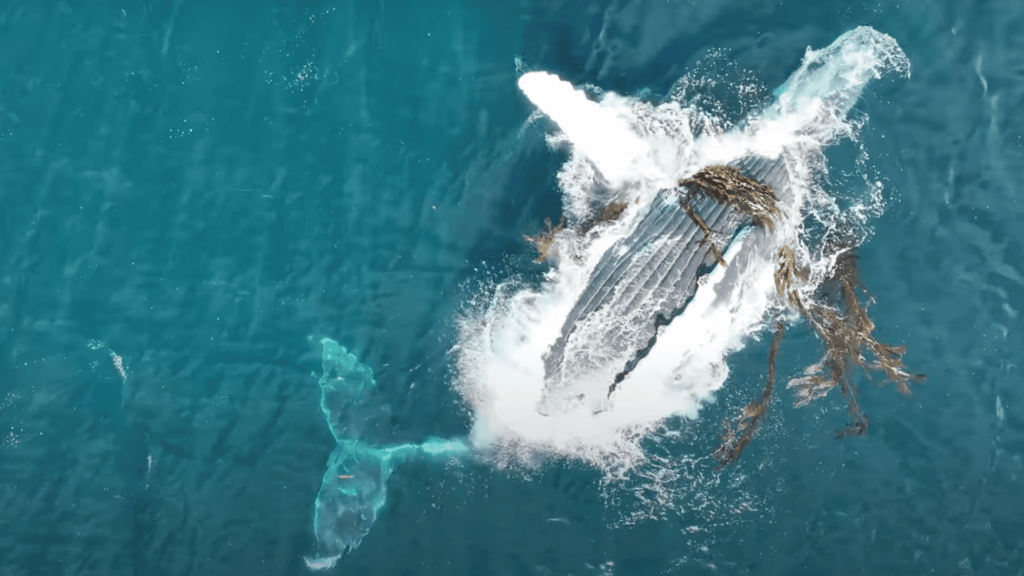The turquoise waves of the Pacific, dotted with emerald islands, hold secrets older than memory itself. For generations, the people of Oceania have turned to sacred sites—places of worship, burial, and spiritual gathering—as cornerstones of culture and identity. But today, these irreplaceable locations stand on the frontlines of a battle with climate change. Rising seas, intensifying storms, and shifting weather patterns threaten not just the land, but the very heart of Oceania’s histories and beliefs. The loss is not only physical; it is emotional, spiritual, and, for many, deeply personal. Imagine a world where centuries-old temples vanish beneath the waves, ancestral graves are swept away by storms, and future generations inherit only stories of what once was. This is the reality unfolding across the Pacific, and its urgency cannot be overstated.
The Ancient Ties Between Sacred Sites and Nature
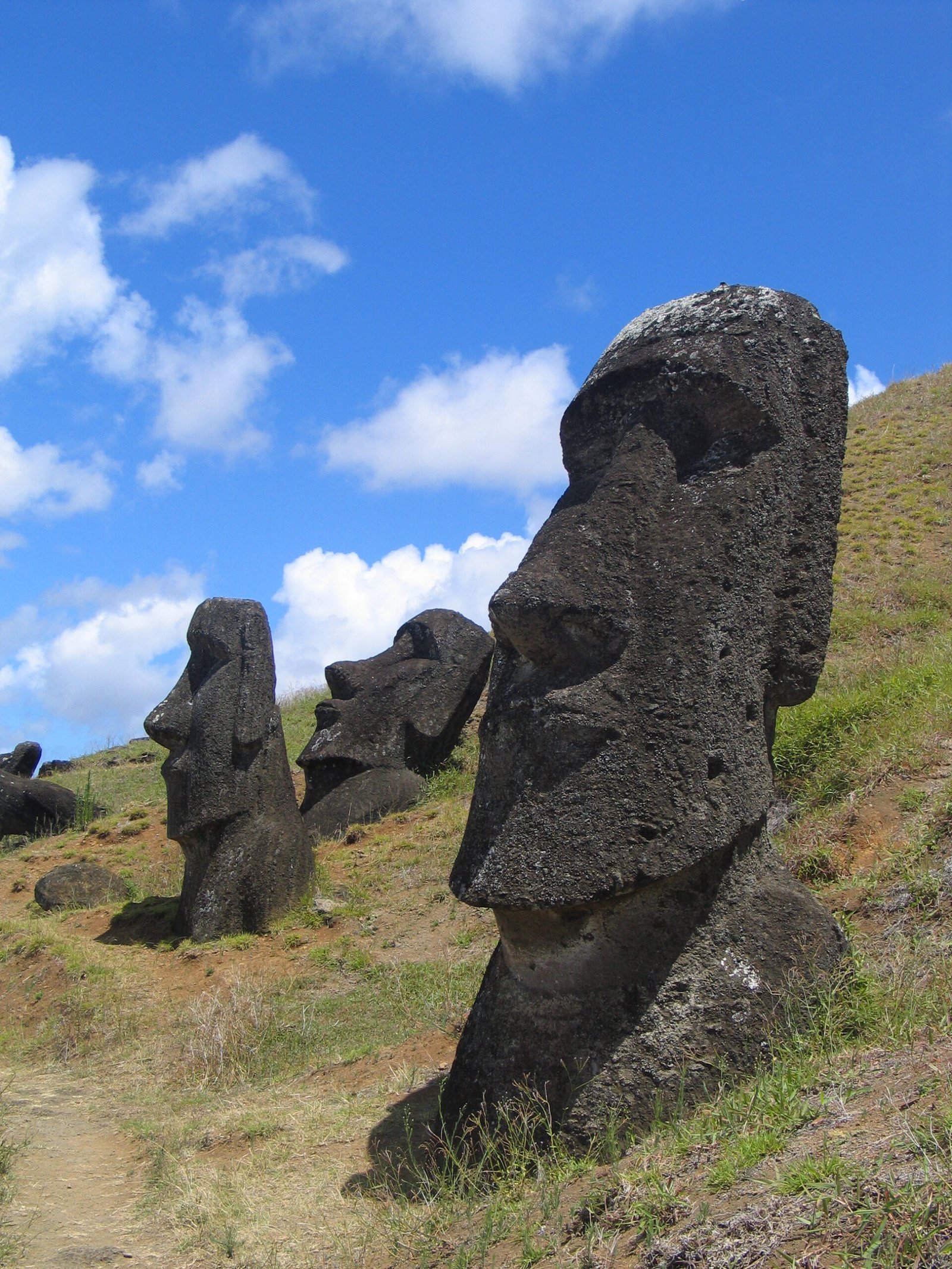
In Oceania, sacred sites are more than landmarks—they are living testaments to the bond between people and the land. From the towering moai of Easter Island to the lush marae courtyards of Tahiti, these places are woven into the landscape and the spiritual lives of those who care for them. Many sites are believed to house ancestral spirits, serve as gateways to the divine, or mark the origins of creation stories. Natural features like mountains, caves, and reefs often hold sacred meaning, making their preservation vital to cultural continuity. As climate change alters coastlines and ecosystems, the very foundations of these spiritual traditions are shaken, leaving communities searching for ways to protect what cannot be replaced.
Rising Sea Levels: A Looming Threat
The islands of Oceania are among the world’s most vulnerable to rising seas. As global temperatures climb, polar ice melts, and oceans expand, sacred coastal sites are swallowed inch by inch. In places like Kiribati and Tuvalu, the rising tide has already inundated ancient burial grounds and places of worship. Entire atolls risk being submerged within a generation, taking with them the tangible links to ancestors and history. The emotional toll of watching sacred ground disappear is profound, as families mourn not just for lost land but for the erasure of their identity.
Storms and Erosion: Relentless Forces
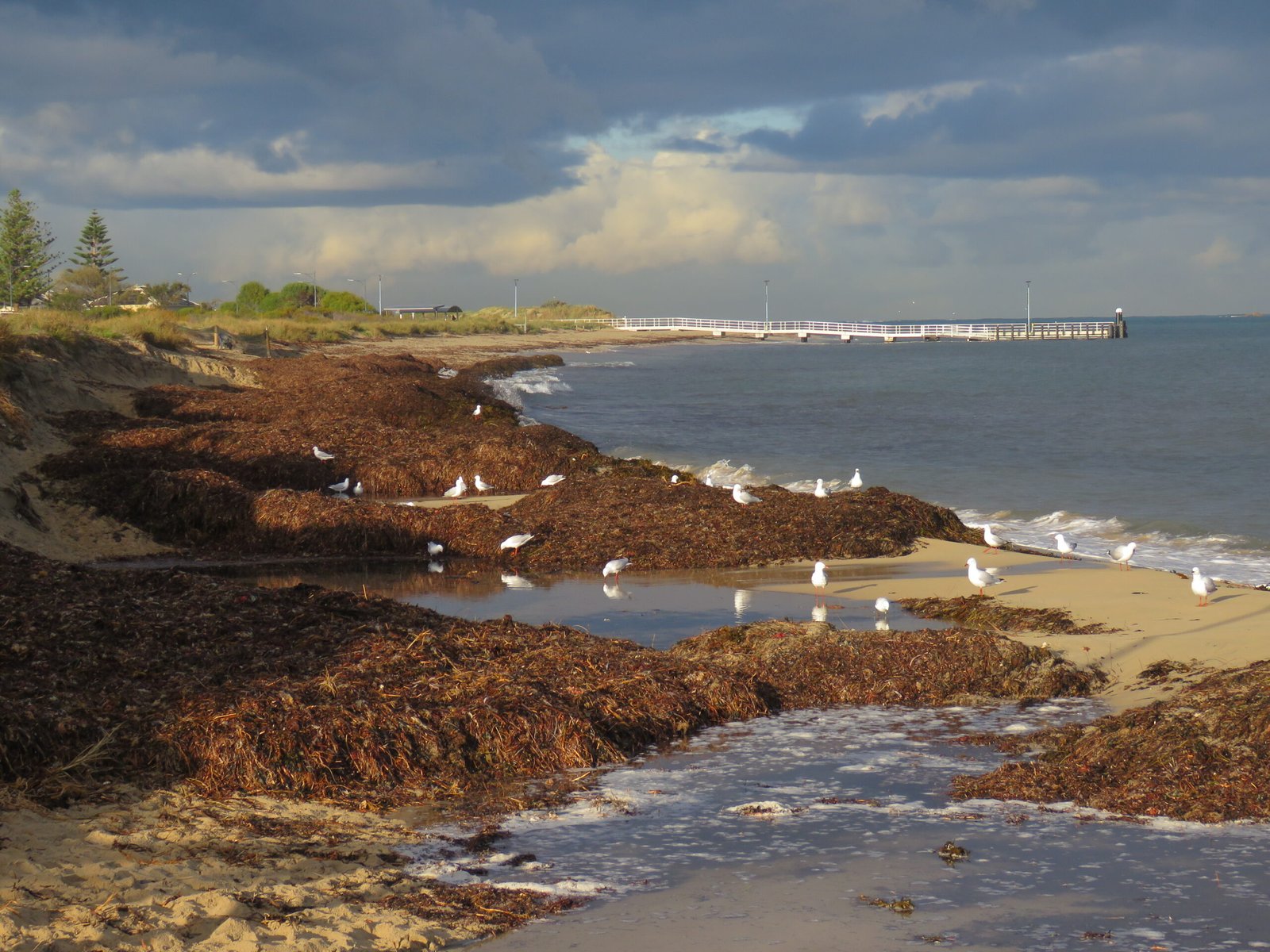
Tropical cyclones and storms have grown fiercer and more unpredictable, battering Oceania’s shores with increasing frequency. Every year, sacred structures—some built centuries ago—are damaged or destroyed by wind and waves. Coastal erosion, accelerated by climate change, gnaws away at ceremonial platforms, petroglyphs, and sacred trees. On the island of Tonga, for example, entire stretches of coastline that once held ancient tombs have crumbled into the ocean. Each loss is a reminder of nature’s power, and the delicate balance that has been upended by human influence.
Saltwater Intrusion and the Hidden Crisis
Not all threats are visible on the surface. As saltwater seeps into freshwater lenses beneath islands, it poisons the soil and renders land unfit for traditional rituals. Many sacred groves and gardens, essential for cultural ceremonies, are withering away as plants die from saline contamination. In Fiji, saltwater intrusion has devastated yams and taro fields used in ancestral offerings. The loss of these ritual plants is more than agricultural—it severs the chain of rituals that connect people to their past, disrupting the rhythms of community and belief.
Displacement and the Loss of Cultural Continuity
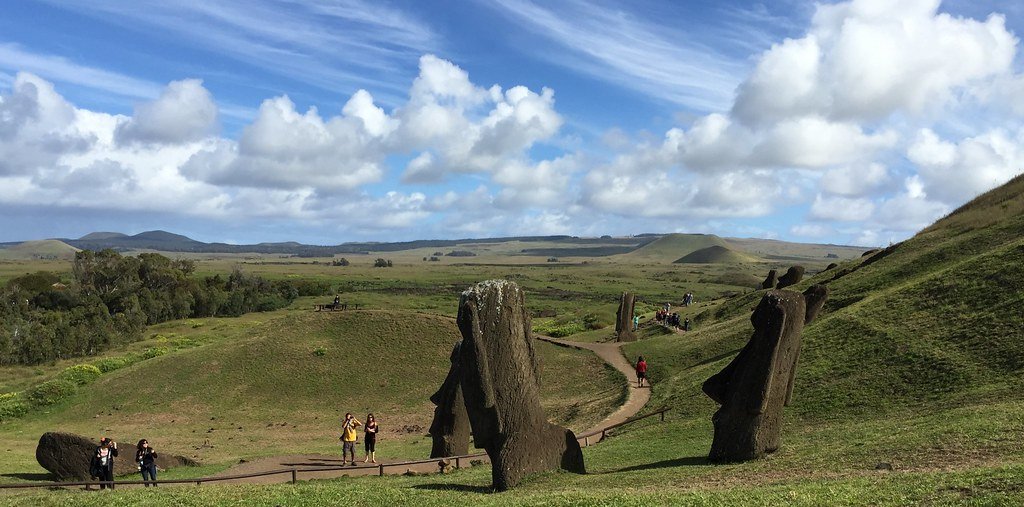
When rising seas force communities to relocate, they leave behind more than just homes. Sacred sites, often immovable and deeply tied to specific landscapes, cannot be carried to new places. The act of displacement fractures the relationship between people and their ancestral land, breaking lines of oral history and cultural practice. In the Solomon Islands, entire villages have moved inland, abandoning shrines and burial grounds that have defined their sense of self for centuries. The psychological impact is immense, as elders struggle to impart traditions rooted in places now lost to the sea.
Traditional Knowledge and Climate Resilience
Despite these daunting challenges, Oceania’s peoples possess deep reservoirs of traditional knowledge. For millennia, they have read the winds, tides, and stars, adapting to the rhythms of a changing environment. This wisdom is now being harnessed to protect sacred sites, from reinforcing sea walls with local materials to relocating ceremonial practices to safer ground. Communities are reviving ancient techniques of land stewardship, blending scientific insights with ancestral wisdom. This fusion not only strengthens resilience but honors the enduring connection between people, culture, and nature.
Scientific Research and Documentation Efforts
Scientists and local experts are racing against time to document the vulnerable sacred sites of Oceania. Using drones, 3D mapping, and underwater archaeology, they are capturing detailed records of locations at risk of disappearing. These efforts provide vital data for conservation, but they also create digital archives for future generations. In Papua New Guinea, researchers have mapped ancient shell mounds and ceremonial grounds, preserving their stories even as the physical sites face destruction. Such initiatives highlight the power of collaboration between science and tradition.
Community-Led Conservation Initiatives
Across Oceania, grassroots projects are emerging to protect and restore sacred sites. Villagers are replanting mangroves to shield coastlines, building raised platforms for ceremonies, and lobbying governments for stronger legal protections. In Samoa, local councils have declared entire stretches of coastline as conservation zones, prioritizing both ecological health and cultural heritage. These efforts foster a sense of agency and pride, showing that even in the face of adversity, communities can be stewards of their own destiny.
The Spiritual and Emotional Toll
The loss of sacred sites is not just a material concern—it cuts to the core of spiritual life. For many, these places are essential for rituals of birth, marriage, and death, forming the backdrop to every stage of life. Their destruction can trigger grief, anxiety, and a sense of disconnection from ancestors and the divine. Elders worry that without these sites, younger generations will lose touch with their cultural roots. This emotional toll often goes unnoticed in climate debates, yet it is as real and devastating as any physical damage.
The Global Responsibility to Protect Oceania’s Heritage
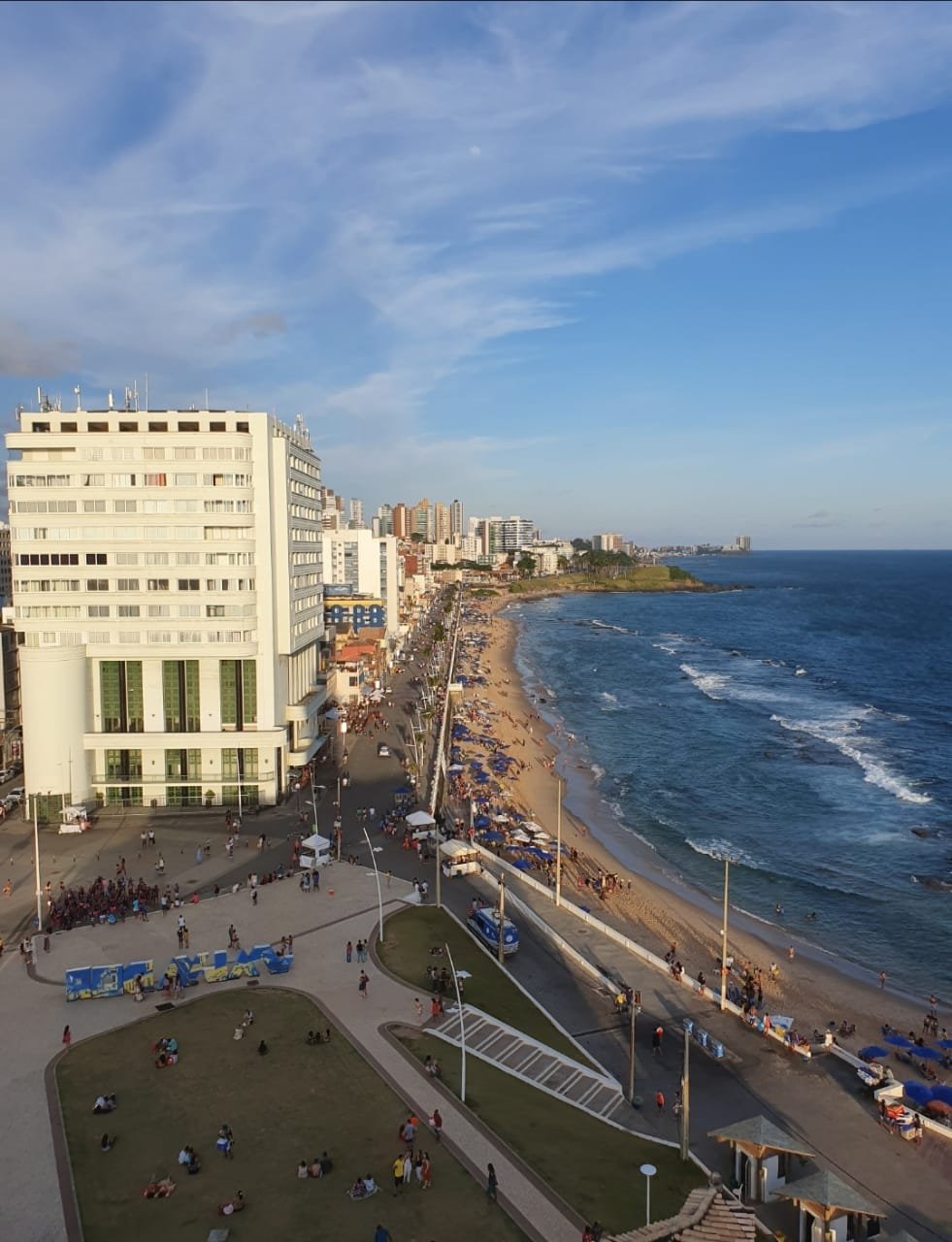
The crisis facing Oceania’s sacred sites is a clarion call for global action. While island nations bear the brunt of climate change, their emissions are among the lowest in the world. The responsibility to safeguard these cultural treasures does not rest solely on local shoulders. International support—in the form of funding, technology, and advocacy—is essential to preserve the world’s shared heritage. As one elder in Vanuatu put it, “When our sacred sites are lost, the whole world loses a piece of its soul.”
Looking Forward: Hope Amidst Uncertainty
Though the challenges are immense, hope persists. Young leaders are rising, determined to blend modern innovation with ancient wisdom. Artists, activists, and elders are sharing stories and raising awareness, ensuring that the plight of Oceania’s sacred sites is not forgotten. Their voices echo across the waves, urging the world to act before it is too late. The question remains: will we listen?


